Home>Others>Specialized Home Improvement Topics>When Is The Best Time To Tint Car Windows
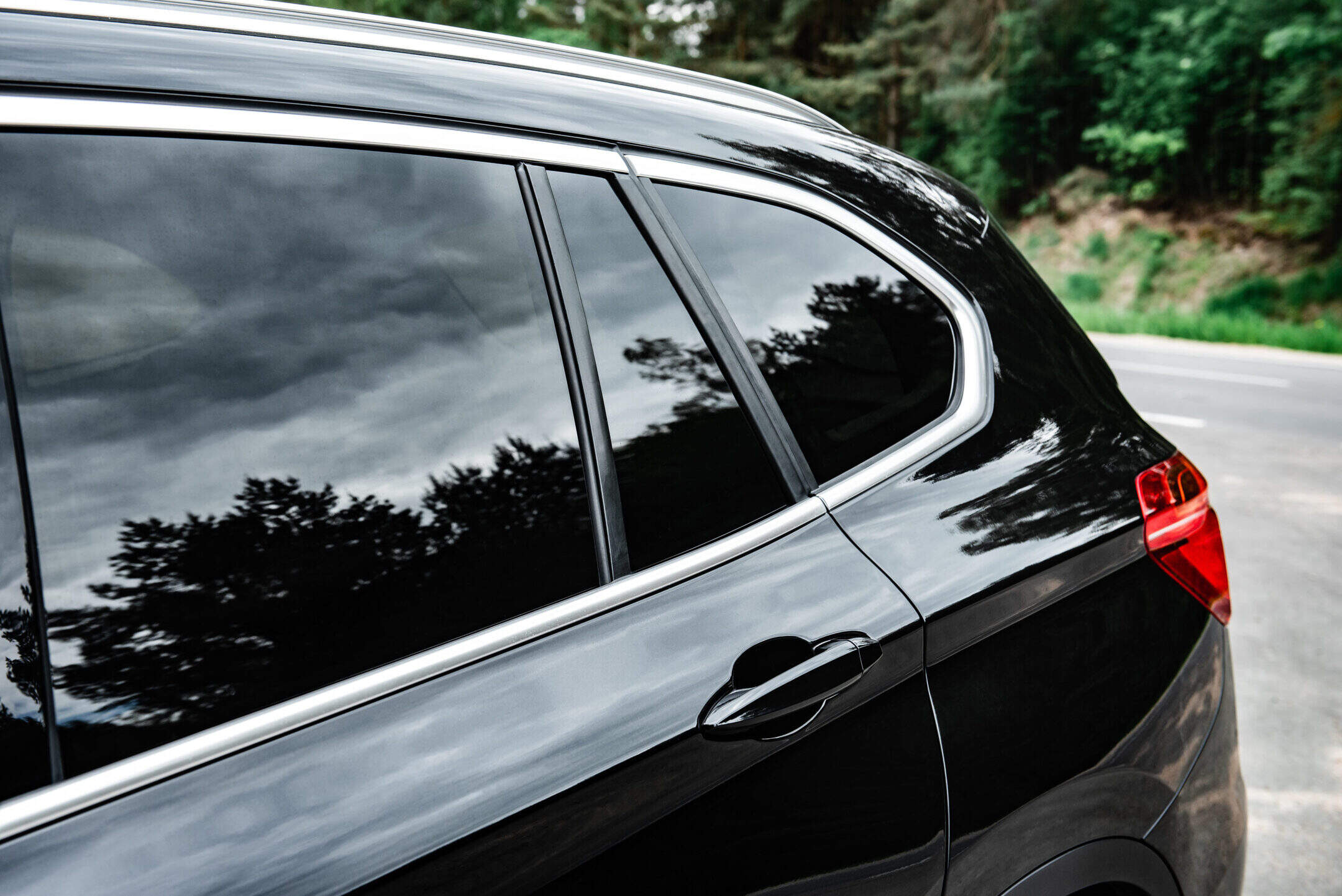

Specialized Home Improvement Topics
When Is The Best Time To Tint Car Windows
Modified: January 14, 2024
Find out the ideal time to tint your car windows for optimal results. Discover expert advice on specialized home improvement topics.
(Many of the links in this article redirect to a specific reviewed product. Your purchase of these products through affiliate links helps to generate commission for Storables.com, at no extra cost. Learn more)
Introduction
Car window tinting is a popular modification that offers numerous benefits, including enhanced privacy, reduced heat and glare, protection from UV rays, and improved aesthetics. However, deciding on the optimal time to have your car windows tinted can significantly impact the overall outcome and longevity of the tint. Several factors should be considered to ensure the best results and compliance with legal regulations. In this article, we will delve into the various considerations for determining the ideal time to tint your car windows, encompassing legal regulations, weather conditions, and the time of day. By understanding these factors, you can make an informed decision that aligns with your preferences and ensures a successful tinting experience.
Key Takeaways:
- The best time to tint car windows is when the weather is moderate, with low humidity and no precipitation. This ensures a smooth and effective tinting process, leading to durable and visually appealing results.
- Before tinting car windows, it’s crucial to know the legal regulations in your region. Understanding the permissible Visible Light Transmission (VLT) percentages for different windows ensures compliance and safe driving.
Read more: What Is The Best Tint For Car Windows
Factors to Consider
When contemplating the best time to tint your car windows, several crucial factors should be taken into account to achieve optimal results. These considerations encompass legal regulations, weather conditions, and the time of day, all of which play a pivotal role in determining the most suitable timing for this enhancement.
First and foremost, it is imperative to familiarize yourself with the legal regulations governing car window tinting in your region. These regulations dictate the permissible level of tint darkness for different windows, such as the front, rear, and side windows. Familiarizing yourself with these regulations ensures compliance and prevents potential legal repercussions. Additionally, understanding the legal limitations enables you to make an informed decision regarding the level of tint darkness that aligns with both your preferences and the law.
Moreover, weather conditions are a crucial consideration when determining the optimal time for car window tinting. Extreme temperatures, whether excessively hot or cold, can impede the tinting process and compromise the quality of the results. High temperatures may cause the tint to dry too quickly, leading to imperfections, while cold temperatures can prolong the curing process, delaying the attainment of optimal adhesion. Therefore, aiming for moderate weather conditions, characterized by moderate temperatures and low humidity, can facilitate a smoother and more effective tinting process.
Furthermore, the time of day can significantly impact the tinting process and its outcomes. Opting for a time when the vehicle is shielded from direct sunlight is advisable, as direct sunlight can accelerate the drying of the tint, potentially resulting in an uneven application. Choosing a shaded or indoor location for the tinting process can mitigate the impact of direct sunlight and contribute to a more controlled and precise application.
By considering these factors comprehensively, you can make an informed decision regarding the ideal time to tint your car windows, ensuring compliance with legal regulations, favorable weather conditions, and optimal timing during the day.
Legal Regulations
Before embarking on the journey of tinting your car windows, it is crucial to acquaint yourself with the legal regulations pertaining to window tinting in your specific region. These regulations are established to ensure safety, visibility, and compliance with the law, and they typically encompass restrictions on the darkness of the tint and its impact on visibility from inside and outside the vehicle.
Legal regulations regarding car window tinting primarily revolve around the permissible Visible Light Transmission (VLT) percentage, which denotes the amount of light allowed to pass through the tint. The VLT percentage varies for different windows of the vehicle, such as the front, rear, and side windows. For instance, regulations may stipulate a higher VLT percentage for the front windows compared to the rear and side windows. It is essential to familiarize yourself with these specific VLT requirements to ensure compliance and prevent potential legal repercussions.
By adhering to the prescribed VLT percentages for each window, you can guarantee that your car window tinting complies with the law and upholds the necessary visibility for safe driving. Failure to comply with these regulations may result in penalties, fines, or the requirement to remove the non-compliant tint, highlighting the significance of understanding and adhering to the legal framework governing car window tinting.
Furthermore, some regions may mandate the display of a sticker or certificate indicating compliance with the legal tinting requirements. This serves as a visual confirmation of adherence to the regulations and can be instrumental in demonstrating compliance during vehicle inspections or law enforcement encounters. Ensuring the presence of this certification, if required, further solidifies your adherence to the legal regulations governing car window tinting.
Ultimately, familiarizing yourself with the legal regulations pertaining to car window tinting in your region is paramount to making informed decisions about the level of tint darkness and ensuring compliance with the law. By adhering to these regulations, you can enjoy the benefits of window tinting while upholding the necessary safety and visibility standards prescribed by the law.
The best time to tint car windows is during the cooler months, such as spring or fall, when the temperature is moderate and there is less direct sunlight. This allows the tint to set properly without the risk of bubbling or peeling.
Weather Conditions
Weather conditions play a pivotal role in determining the optimal time for tinting car windows, as they can significantly impact the tinting process and the quality of the results. When contemplating window tinting, it is essential to consider the prevailing weather conditions to ensure a smooth and effective tinting experience.
Extreme temperatures, whether excessively hot or cold, can pose challenges during the window tinting process. High temperatures can accelerate the drying of the tint, potentially leading to premature adhesion and imperfections in the application. On the other hand, cold temperatures can prolong the curing process, delaying the attainment of optimal adhesion and hindering the overall effectiveness of the tint. Therefore, aiming for moderate weather conditions, characterized by moderate temperatures and low humidity, can facilitate a more controlled and successful tinting process.
Additionally, humidity levels can impact the tinting process and its outcomes. High humidity can impede the drying and curing of the tint, potentially leading to a longer curing time and an increased risk of imperfections. Conversely, excessively low humidity can cause the tint to dry too quickly, resulting in a hasty application that may compromise the quality of the results. Therefore, selecting a time when humidity levels are moderate can contribute to a smoother and more effective tinting process.
Moreover, precipitation, such as rain or snow, should be taken into account when scheduling car window tinting. Moisture can interfere with the adhesion and curing of the tint, leading to suboptimal results and potential damage to the tint film. Thus, aiming for a period of dry weather, free from precipitation, is advisable to ensure an optimal environment for the tinting process.
By considering these weather-related factors comprehensively, you can identify the most suitable time to tint your car windows, optimizing the conditions for a successful and durable application. Selecting a time when the weather aligns with moderate temperatures, low humidity, and dry conditions can contribute to a smoother and more effective tinting process, ultimately enhancing the overall quality and longevity of the tint.
Time of Day
The time of day at which car windows are tinted can significantly influence the tinting process and the quality of the results. Selecting the optimal time of day takes into account factors such as sunlight exposure, ambient temperature, and the availability of shaded or indoor spaces, all of which can impact the effectiveness and precision of the tinting application.
One crucial consideration when determining the time of day for window tinting is the exposure to direct sunlight. Tinting car windows in direct sunlight can accelerate the drying of the tint, potentially leading to an uneven application and imperfections in the results. Therefore, opting for a time when the vehicle is shielded from direct sunlight, such as early morning or late afternoon, can mitigate the impact of direct sunlight and contribute to a more controlled and precise application.
Furthermore, ambient temperature plays a significant role in the tinting process. Selecting a time of day when temperatures are moderate, rather than excessively hot or cold, can facilitate an optimal environment for the tinting application. Moderate temperatures can prevent the tint from drying too quickly or too slowly, contributing to a smoother and more effective application process.
Another aspect to consider when determining the time of day for window tinting is the availability of shaded or indoor spaces for the tinting process. Opting for a time when shaded or indoor areas are accessible can provide a more controlled environment for the application, minimizing the impact of external factors such as sunlight and wind. This controlled environment can contribute to a more precise and effective tinting process, ultimately enhancing the overall quality of the results.
By considering these factors comprehensively, you can identify the most suitable time of day to tint your car windows, optimizing the conditions for a successful and durable application. Selecting a time when the vehicle is shielded from direct sunlight, temperatures are moderate, and shaded or indoor spaces are available can contribute to a smoother and more effective tinting process, ultimately enhancing the overall quality and longevity of the tint.
Read more: How To Tint Windows On Car
Conclusion
Deciding on the best time to tint your car windows involves a comprehensive consideration of legal regulations, weather conditions, and the time of day. By familiarizing yourself with the legal regulations governing car window tinting in your region, you can ensure compliance and make informed decisions regarding the level of tint darkness that aligns with both your preferences and the law. Understanding the permissible Visible Light Transmission (VLT) percentages for different windows is essential for upholding safety and visibility standards while enjoying the benefits of window tinting.
Moreover, weather conditions play a pivotal role in determining the optimal time for tinting car windows. Selecting a time characterized by moderate temperatures, low humidity, and dry weather can contribute to a smoother and more effective tinting process, ultimately enhancing the overall quality and longevity of the tint. Considering the impact of extreme temperatures, humidity levels, and precipitation is crucial for creating an optimal environment for the tinting application.
When contemplating the time of day for window tinting, factors such as sunlight exposure, ambient temperature, and the availability of shaded or indoor spaces should be taken into account. Opting for a time when the vehicle is shielded from direct sunlight, temperatures are moderate, and controlled environments are accessible can contribute to a more precise and effective tinting process, ultimately enhancing the overall quality of the results.
By considering these factors comprehensively, you can make an informed decision regarding the ideal time to tint your car windows, ensuring compliance with legal regulations, favorable weather conditions, and optimal timing during the day. This thoughtful approach can lead to a successful tinting experience, yielding durable and visually appealing results that enhance the comfort, privacy, and aesthetics of your vehicle.
Frequently Asked Questions about When Is The Best Time To Tint Car Windows
Was this page helpful?
At Storables.com, we guarantee accurate and reliable information. Our content, validated by Expert Board Contributors, is crafted following stringent Editorial Policies. We're committed to providing you with well-researched, expert-backed insights for all your informational needs.
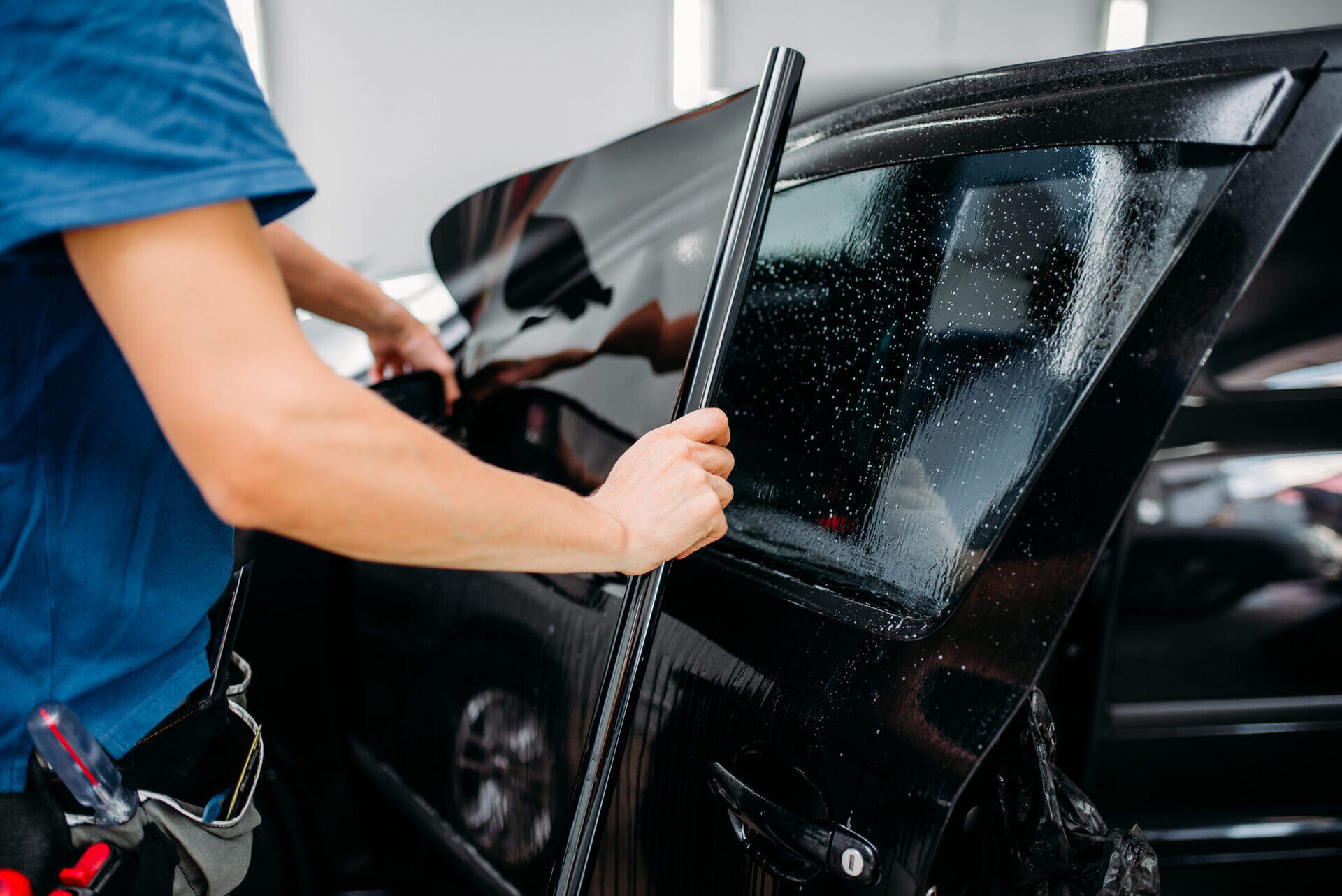
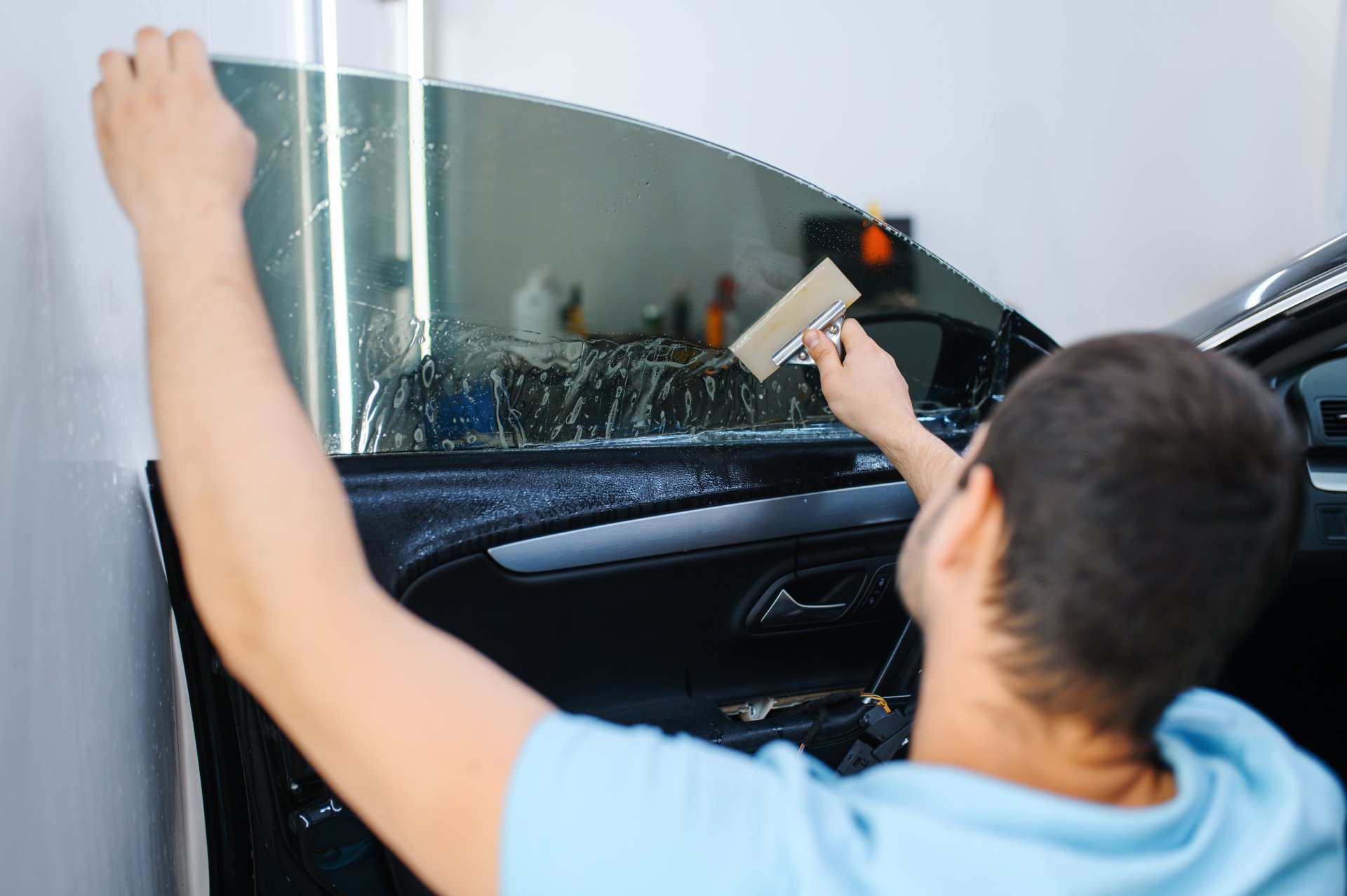
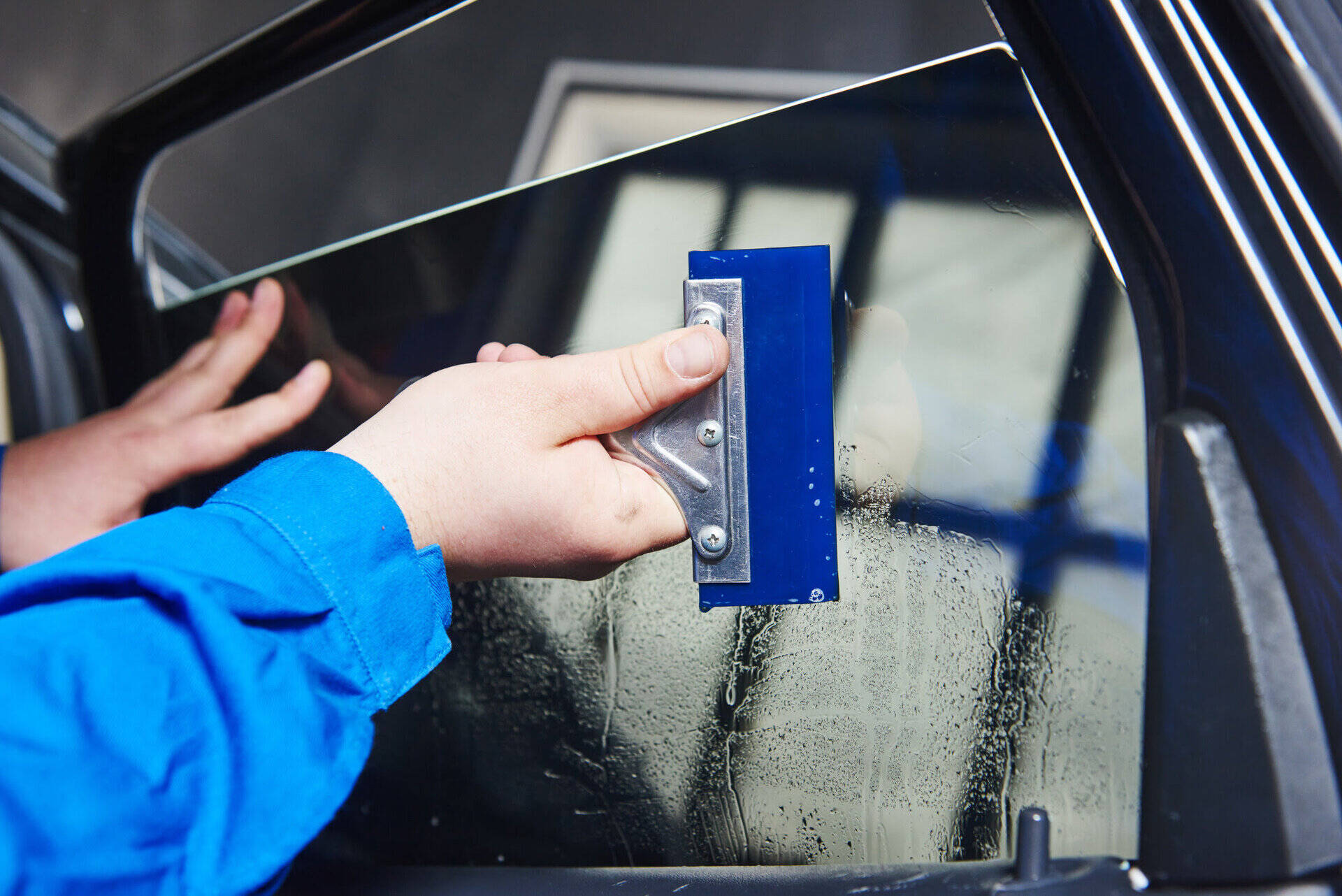
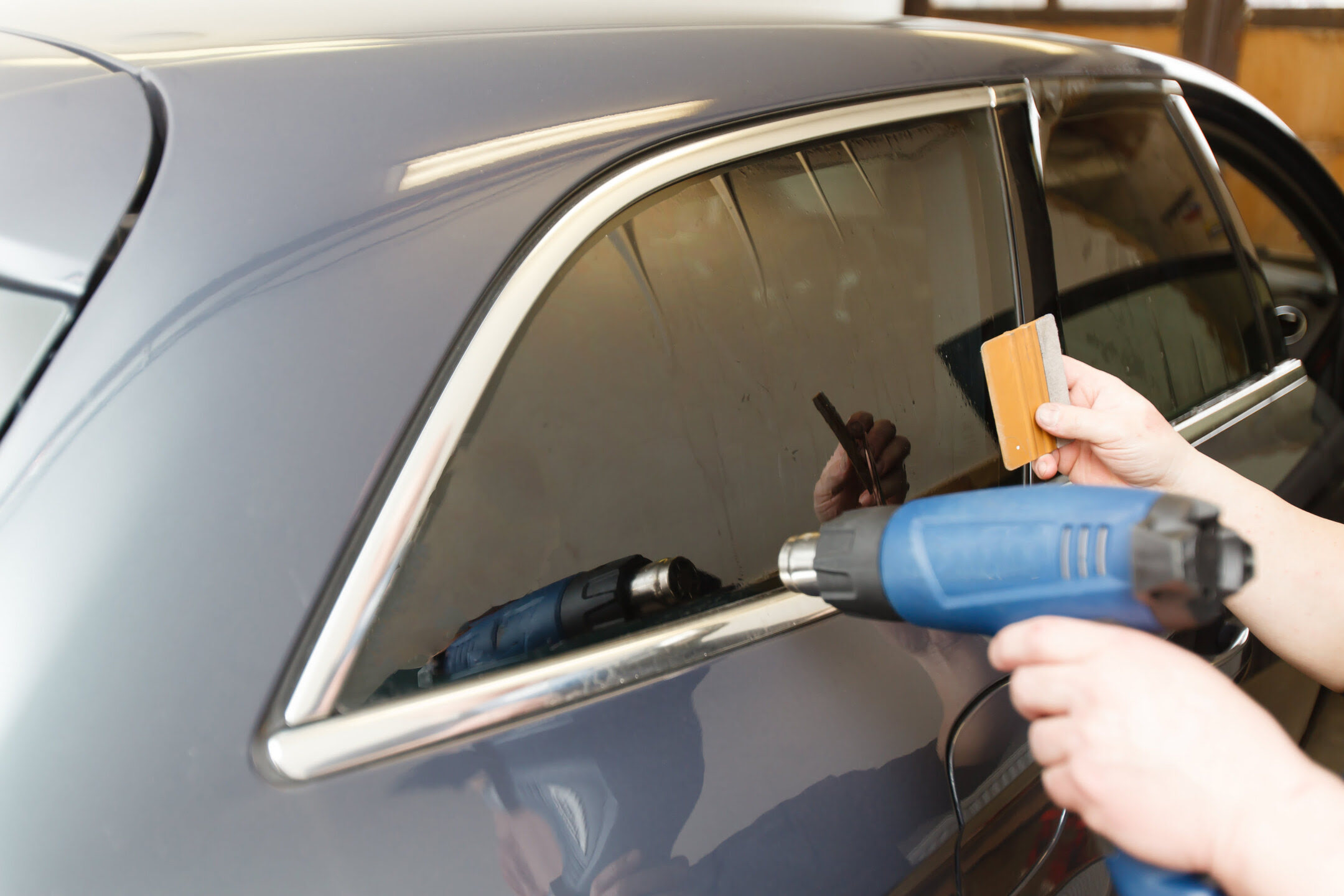
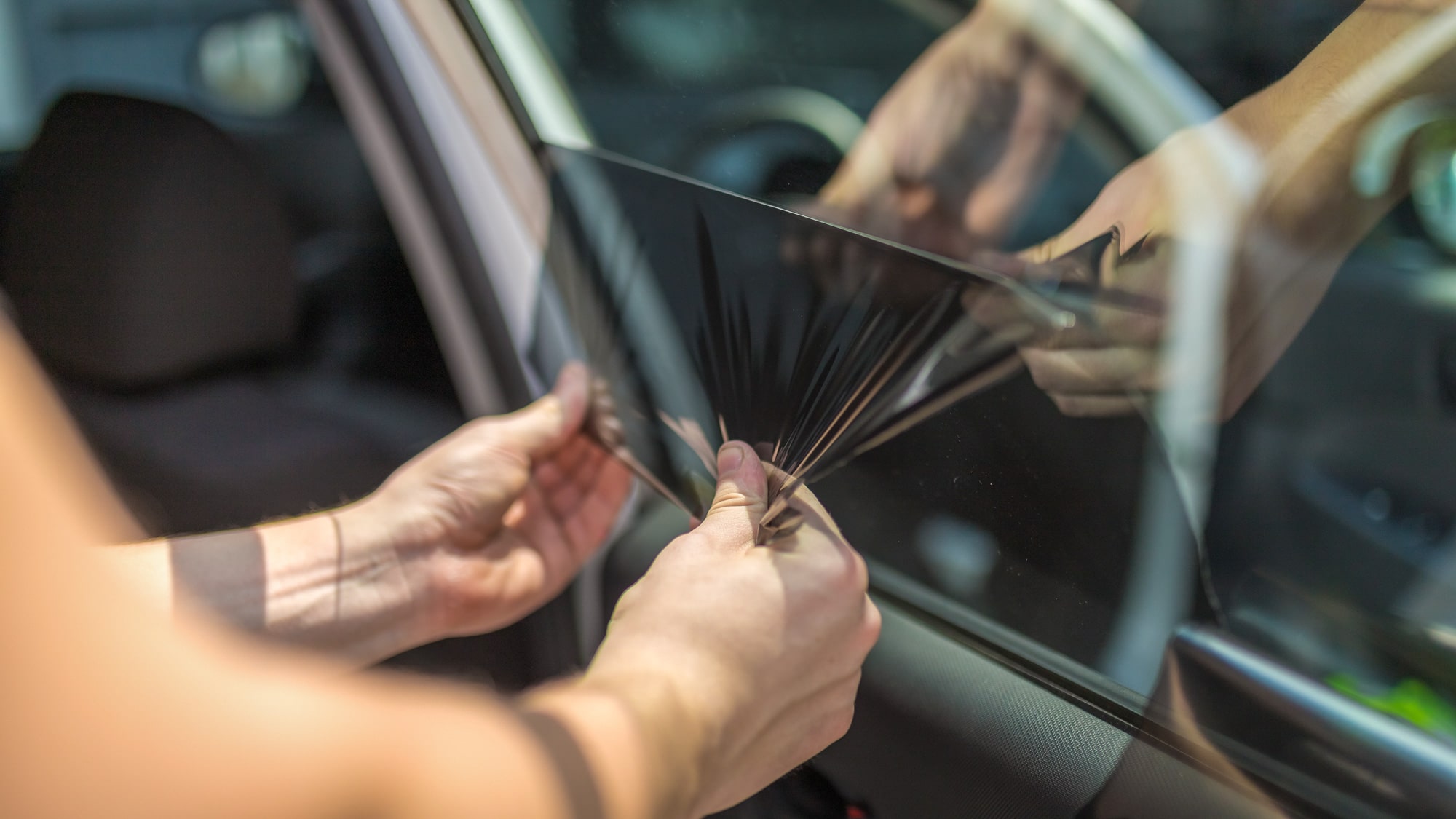
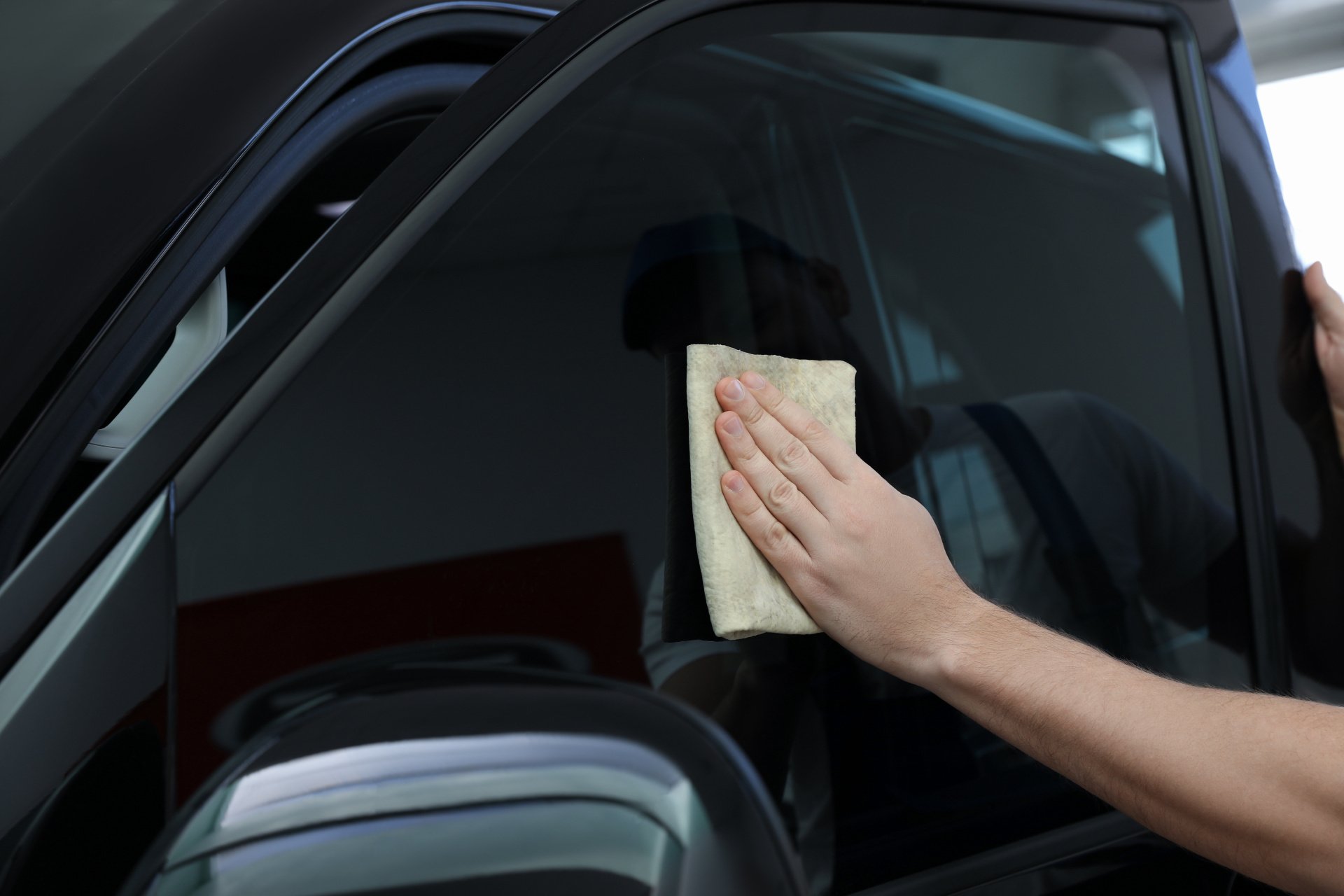
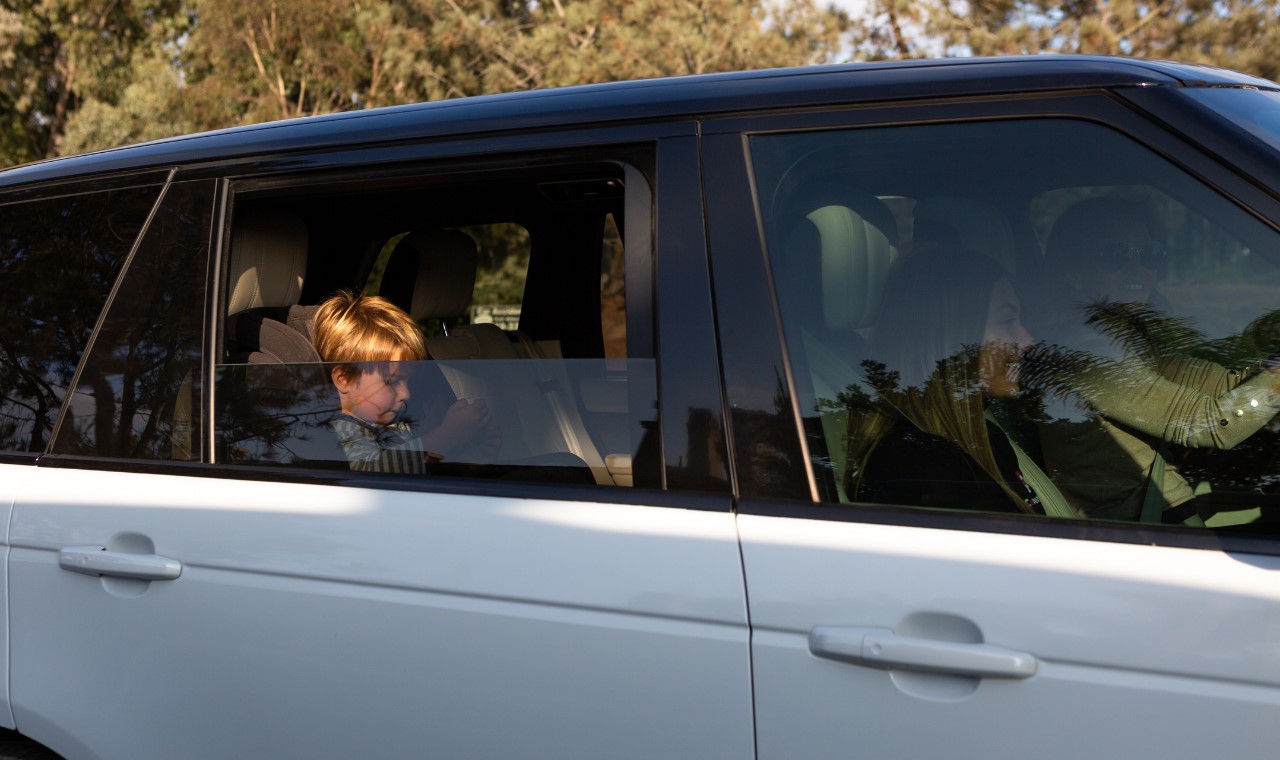
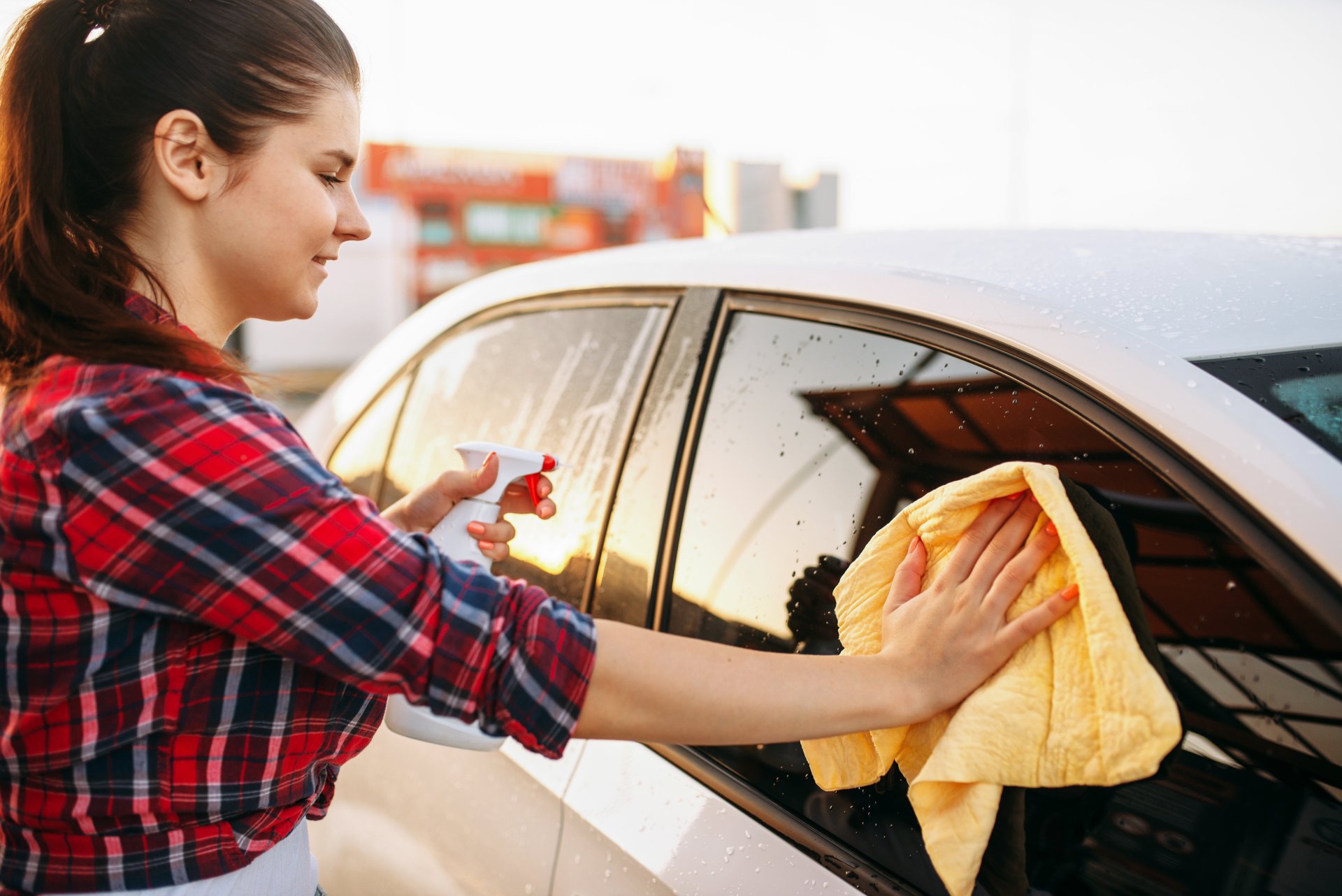
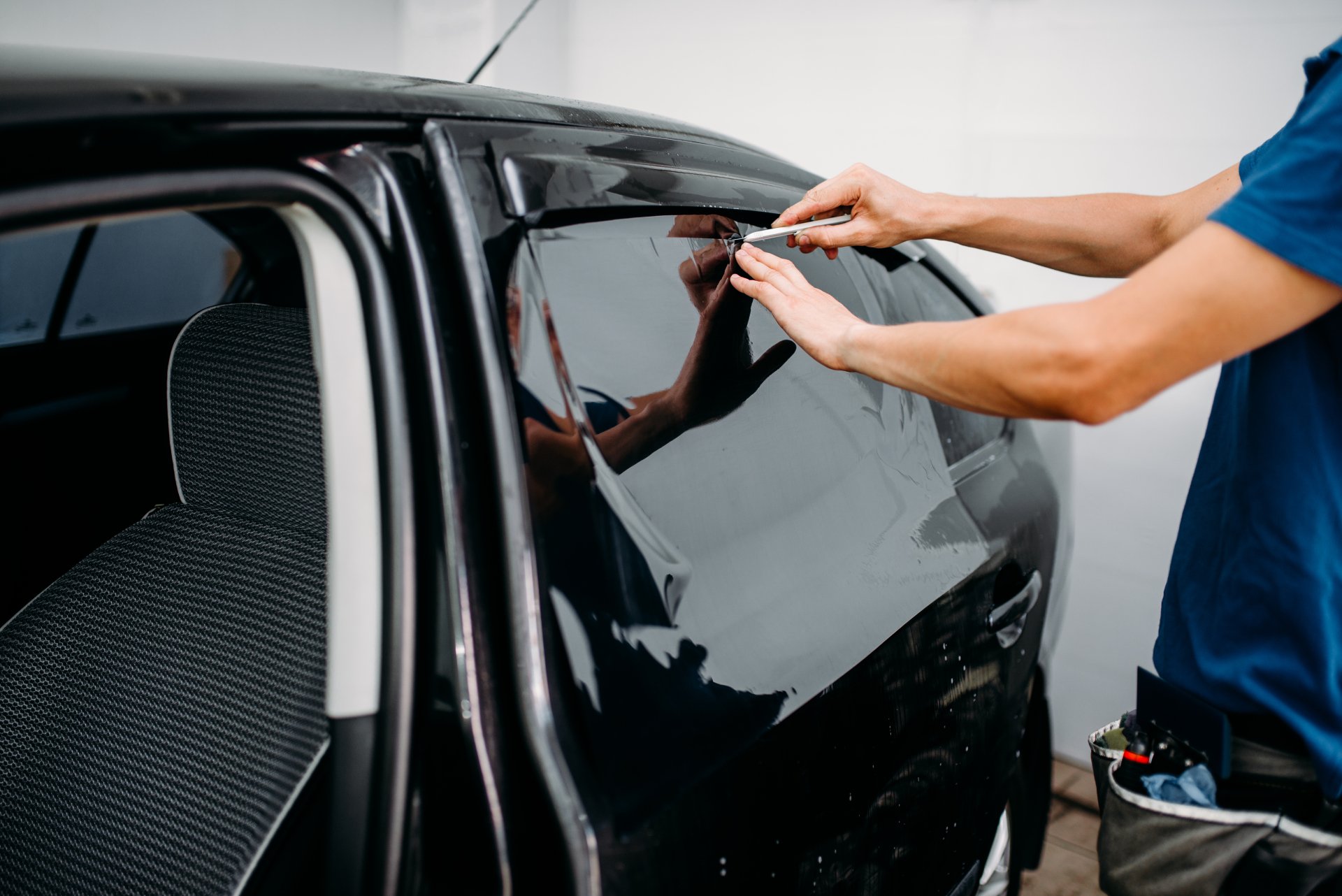
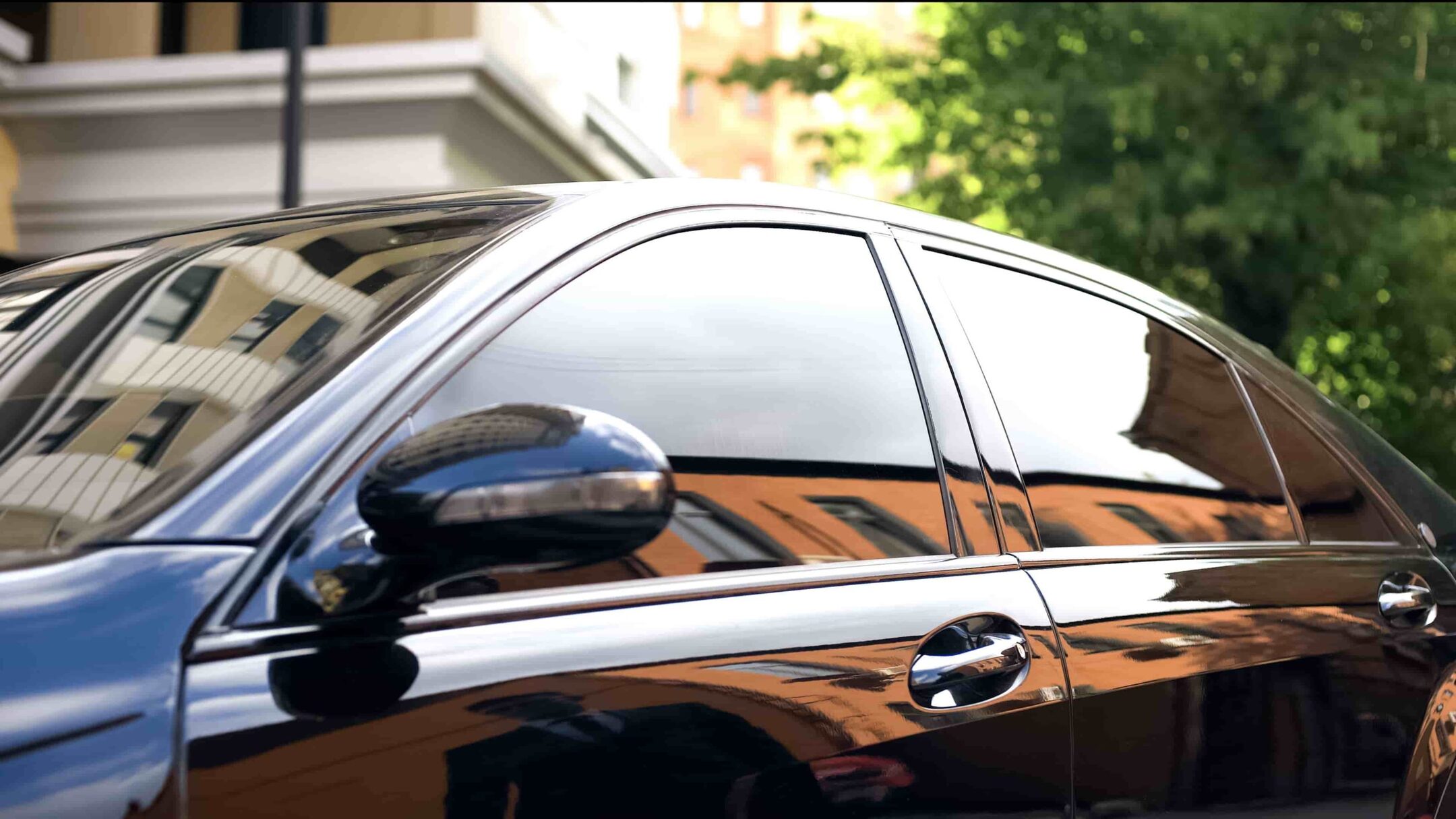
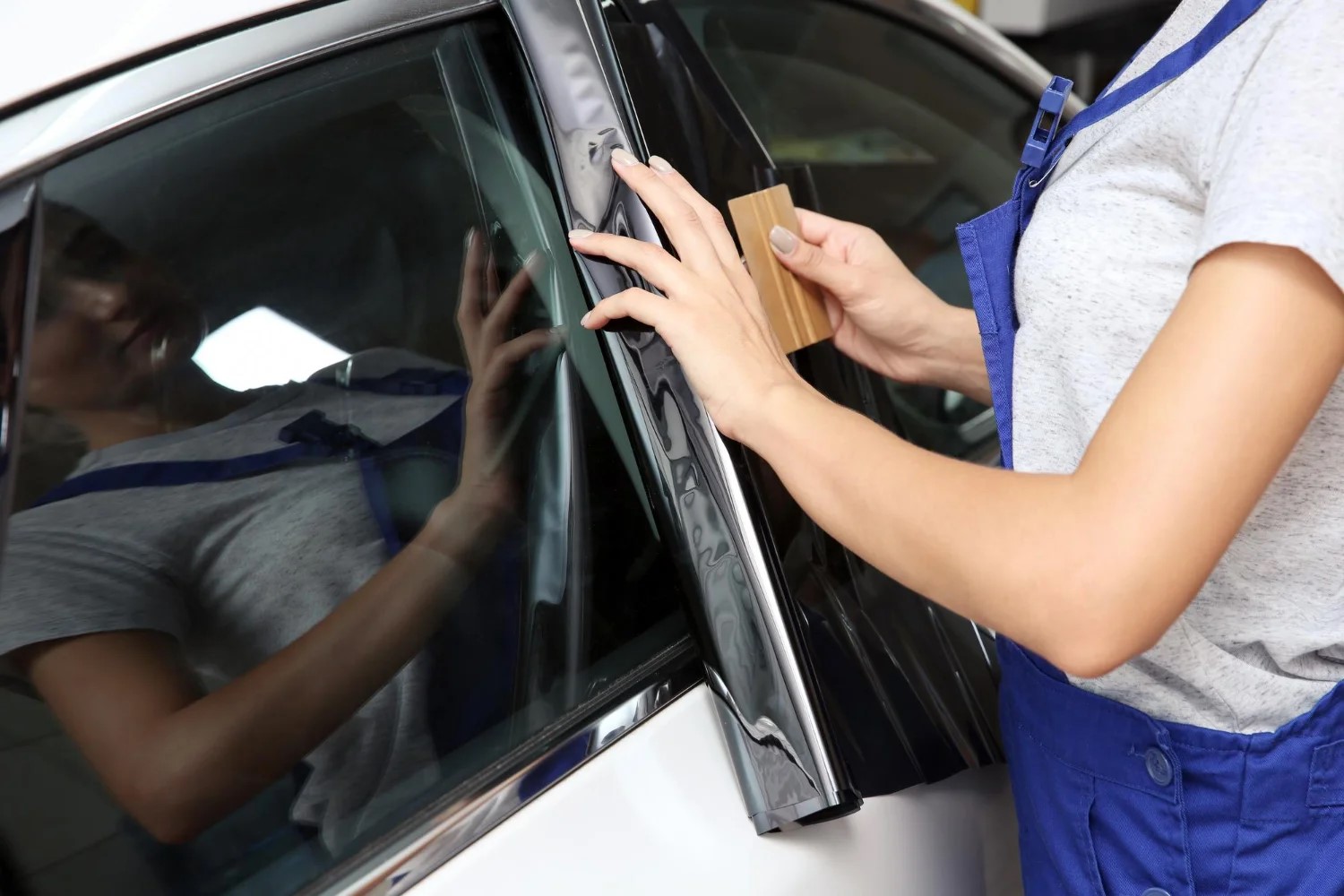
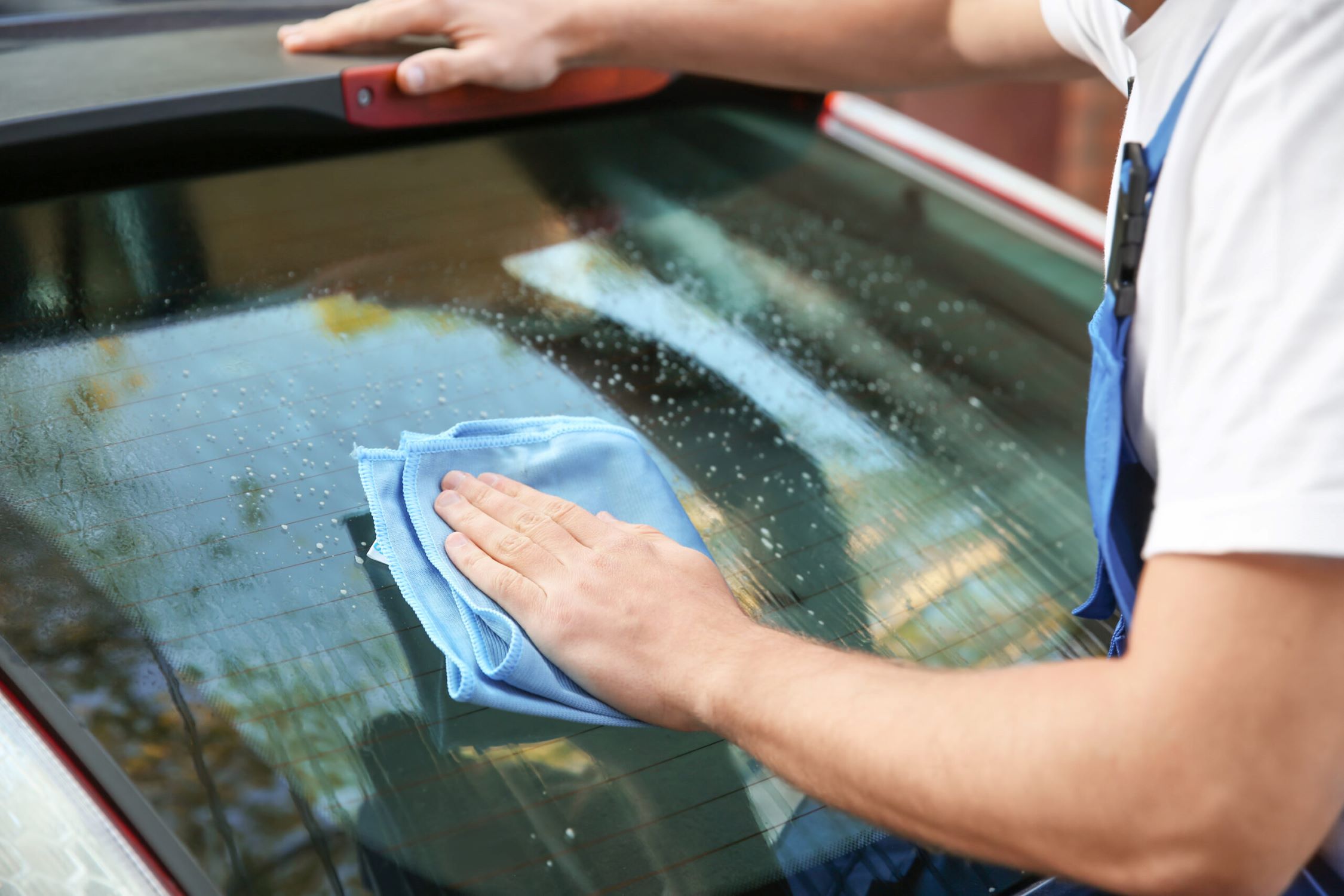
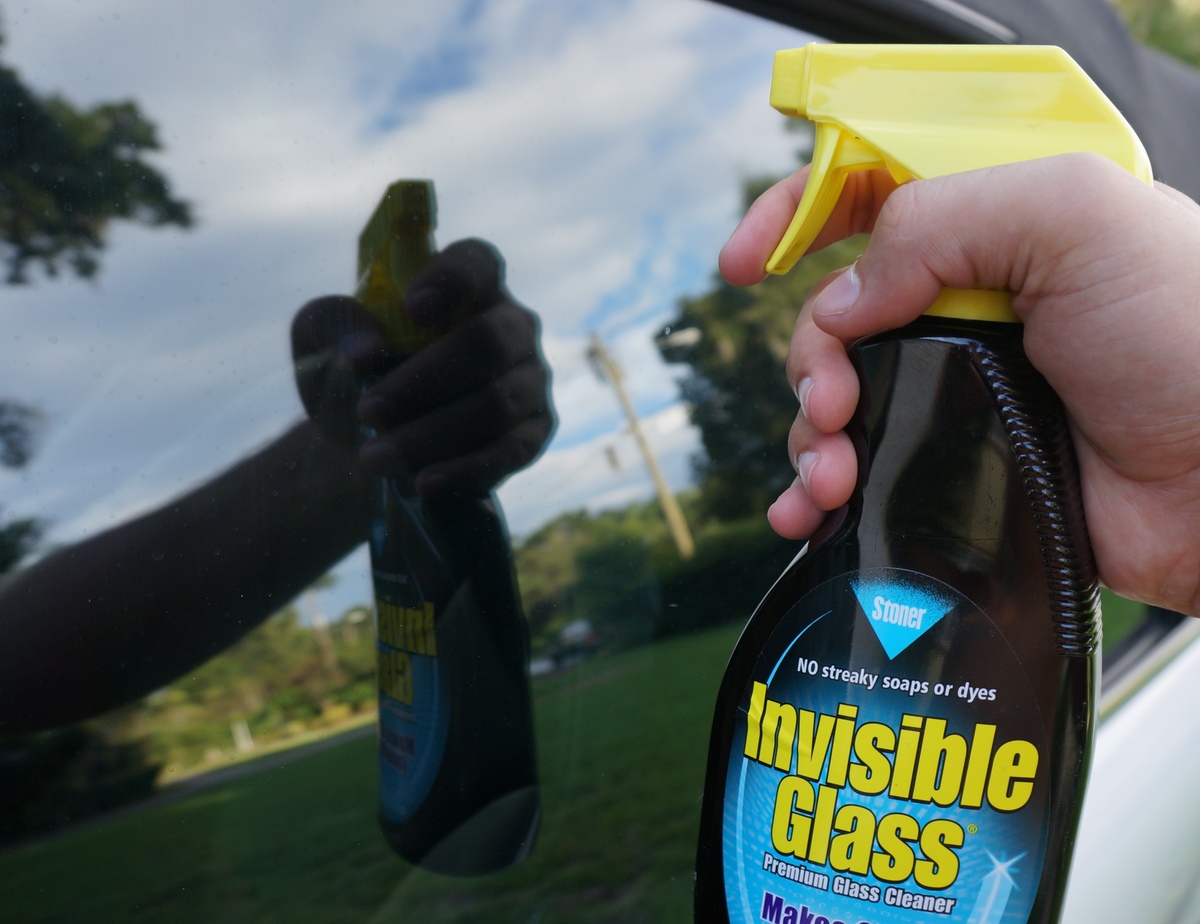


0 thoughts on “When Is The Best Time To Tint Car Windows”